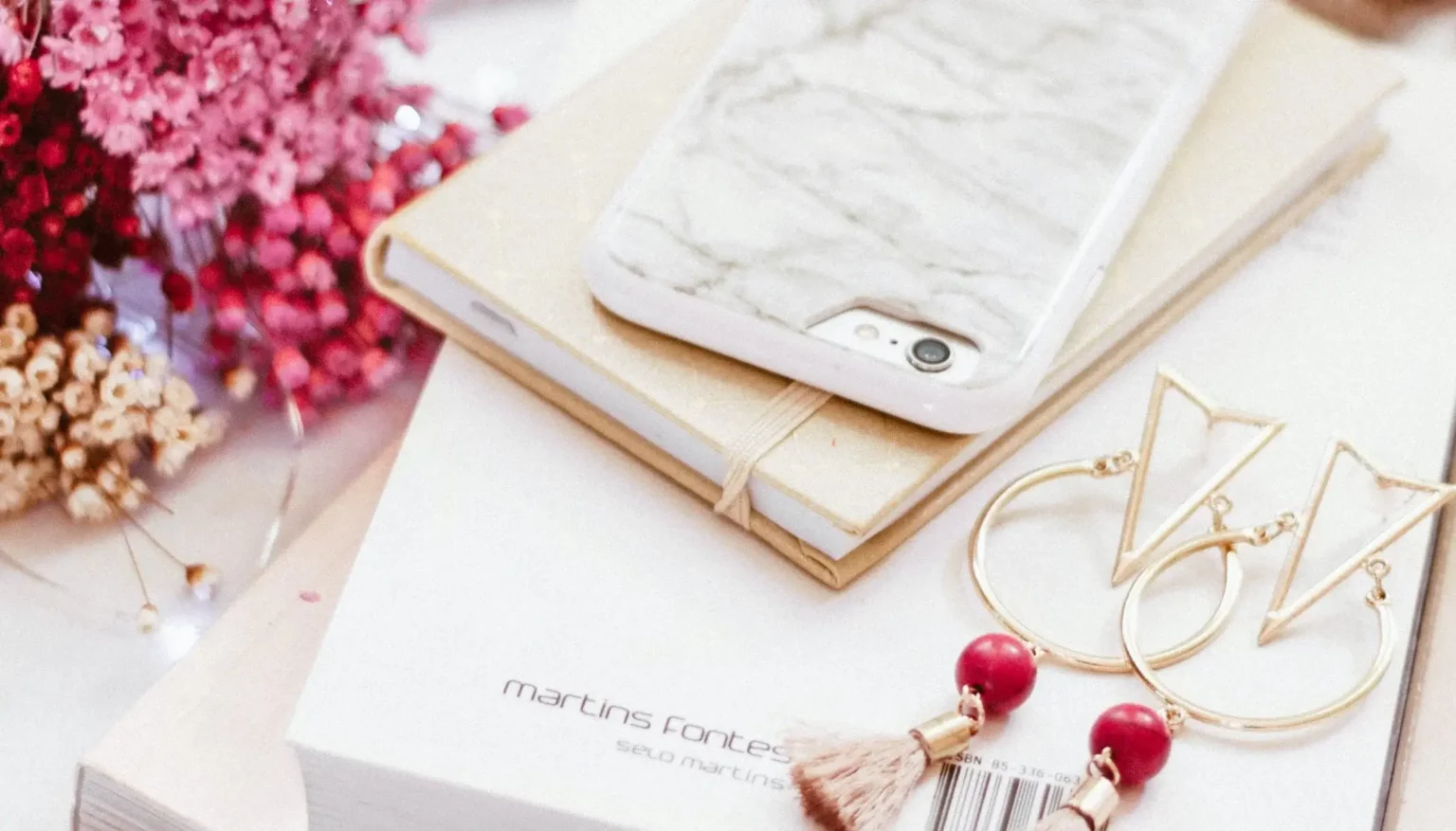Surely you’ve been captivated, at least once, by the shiny beauty of your favorite jewelry piece. But, have you considered the reason it grabbed your attention in the first place? When you browse through a jewelry catalog, you become immersed in the glamorous world of jewelry and allow yourself to imagine wearing it and how that would make you feel. That’s what drives your clients, as well.
High-quality jewelry photography for catalogs is a must-have if you wish to be able to compete in the fast-changing market. While you can try your hand at it in the traditional way, there are several benefits to switching to a more modern medium 3D product photography. It may seem daunting at first, but if you’re curious to find out how you can add that same magnetic attraction to your jewelry catalog with CGI, continue reading the article.
Importance of Consistency
Once you have decided to improve your presence, the main thing to keep in mind is the consistency of your brand. How are you presenting your business online? Are you consistent with the quality of your jewelry and the images you show your customers?
Does your brand have a specific element that differentiates it from the competition? A consistent look and feel across all your images is critical to creating a powerful identity that customers will easily recognize. When your customers see cohesive imagery consistently aligned with your brand values, they are more likely to view you as reliable and professional.
While you may already be thinking about the budget you need for such a project, we can assure you that there is a budget-friendly method you can use – a CGI jewelry photography catalog. If you opt for a 3D product photography of your jewelry, you can always keep your online image consistent, as the CGI jewelry models will be yours to use at your convenience. You can even take it a step further and include different brand elements depending on the collection theme without any additional charges.
Angles

Another essential aspect of a memorable jewelry catalog is the angle which you shoot the image from. While the first image your client sees should always be as suggestive as possible, showcasing the piece up to its finest details, you should also include other angles to provide an even better view of your product. In this case, CGI jewelry photography becomes a dependable asset.
While for a traditional photoshoot, you will have to carefully turn the pieces around or even change the position of your camera – which can lead, in turn, to differences in the images, CGI requires no additional decor change. Once the real-life object has its 3D image, you can freely change its angle, rotate it, and play around with how it looks from different perspectives.
Lighting
When preparing a jewelry catalog, it is always important to pay special attention to lighting. Jewelry tends to reflect even the slightest light. So, when you plan your catalog, you will need at least three to four separate lights. In addition, you will need special elements like a diffuser to soften the harsh light and provide even, soft illumination. This, in turn, requires time to set up and experience to achieve the perfect glow if you choose the traditional method.
However, with a CGI jewelry photography catalog, placing the light, changing it, or removing it from a spot is a piece of cake. You can always add more lights to enhance the metallic shine and even create the sparkling effect that gemstones have, when lit at the right angles. Also, with just a few clicks, you can soften or harden the edges to better display your product.
Scale

Once you’ve decided on the angles and lighting, make sure your products are scaled properly. One of your clients’ fears is choosing the wrong size for jewelry, especially when ordered online. To eliminate this fear and make your customers feel confident, you can display your products next to a recognizable item. For rings, for example, you can use a hand, while for necklaces and bracelets, you can choose a stand. It is also possible to hire a model for your photo shoot and present your jewelry in this way.
It’s exciting to consider all of the promising ideas above but keep in mind that each one would require a dedicated investment of both time and budget. However, if you choose to go digital, you can freely edit the final version of your catalog without having to invest more. You can choose from several props and options that the software will easily add or remove according to your needs. Even better, you can tell us what you want, and we’ll create it.
White space
The best way to grab your client’s attention is to offer a clean and clear image of your jewelry. Thus, regardless of how much you want to showcase the details from the thumbnail photo, it’s best to consider the white space. Let the product “breathe” within the image and opt for a zoom alternative for the image to display all the fine details.
Within a CGI jewelry photography catalog, you can easily experiment with the white space, as well as the zoom option, to ensure only the best features of your product are displayed. Moreover, you can freely switch the background color according to each piece without taking supplementary photos.
Ratio 1x1
Just as important as the other elements, ratio plays a relevant role in all e-commerce catalogs. The best way to create an image is to use the 1:1 ratio, which is a square ratio. Surely, you have seen it before and even used it on social media platforms.
Why is it so widely used? It is versatile and provides a balanced composition. Therefore, it can be easily applied to your online catalog as well. Also, remember that a square image format works best for computer and cell phone users.
Traditional Catalog Photography

By now, you are familiar with the most meaningful aspects of a jewelry catalog. But how does the traditional catalog differ from the CGI catalog, and what can it bring to your business? Let us take a closer look, and find out which catalog is better for your e-commerce business.
For the traditional jewelry catalog, you need a professional photographer who knows the technical secrets of the industry. You will also need a relatively large space to set up all the equipment, like a studio, as well as several props and lighting accessories. In addition, the jewelry needs to be professionally cleaned before the shoot to optimize post-processing. Once everything is ready, the actual photo shoot can begin.
Depending on the piece of jewelry, the photographer will have to consider different angles and lighting settings, as well as different macro lenses and post-processing. This means a high budget and a lot of time for a single photo shoot. In the end, you may enjoy a professionally created catalog, but when the collection is over or the season changes, you have to start all over again. In the long run, it makes more sense to invest both time and money in developing your business further, rather than in a traditional catalog.
CGI Catalog Photography

Traditional photography requires a lot of space and time, but with CGI product photography you can save both. When creating a catalog for CGI jewelry photography, the entire process is simplified, saving you time and money. Here are some reasons why you should invest in 3D product photography.
- It is cost-efficient. Creating a catalog with CGI jewelry photography is a more cost-effective method, compared to traditional photography. You can avoid expenses like hiring models, renting a studio, purchasing props, or overpriced post-production editing.
- It provides flexibility and versatility. You can easily change and customize essential aspects of the jewelry, such as texture, lighting, colors, or materials, without the need to acquire them in real life. Thus, you can showcase a wide range of options and variations of the same article.
- It ensures consistency and accuracy. A 3D product photography will be an accurate copy of the physical item. While conventional photography can be affected by external factors, the 3D model remains perfect no matter what.
- It is time-efficient. While a traditional photoshoot needs careful planning and setup, CGI allows faster production, as you can modify the jewelry digitally when required.
- It is limitless. A CGI jewelry photography catalog opens up several possibilities to better display the products. You can access unique lighting effects, stunning environments, and challenging angles, which results in captivating visuals that will help your brand stand out.
Overall, a CGI jewelry photography catalog comes with several benefits that your business can take advantage of and stand out from the competition.
Wrapping up
To sum up, a CGI jewelry photography catalog offers cost-effectiveness, flexibility, consistency, and time efficiency. It also provides numerous creative possibilities, making it a compelling alternative to traditional photography. So, take advantage of its several benefits and take your business to the next level.
FAQ
Do I need a CGI catalog for my online business?
Although you are not required to switch to digital photography right now, we advise you to consider it in the future. A CGI catalog comes with several advantages over a traditional one, making it more cost-effective and time-efficient in the long run.
What background works best for jewelry photography?
Regardless of your decision to use a traditional medium or a digital one to showcase your products, a neutral background works best. Experiment with different shades of grey, off-white, or beige and opt for one that allows the natural jewelry beauty to shine.
What is the best software for 3D jewelry modeling?
There are several software with which you can model your jewelry. However, the most frequently used ones include:
- Blender
- Houdini
- Cinema 4D
- Maya
- Maxwell
- Autodesk 3ds Max
- Lumion


























